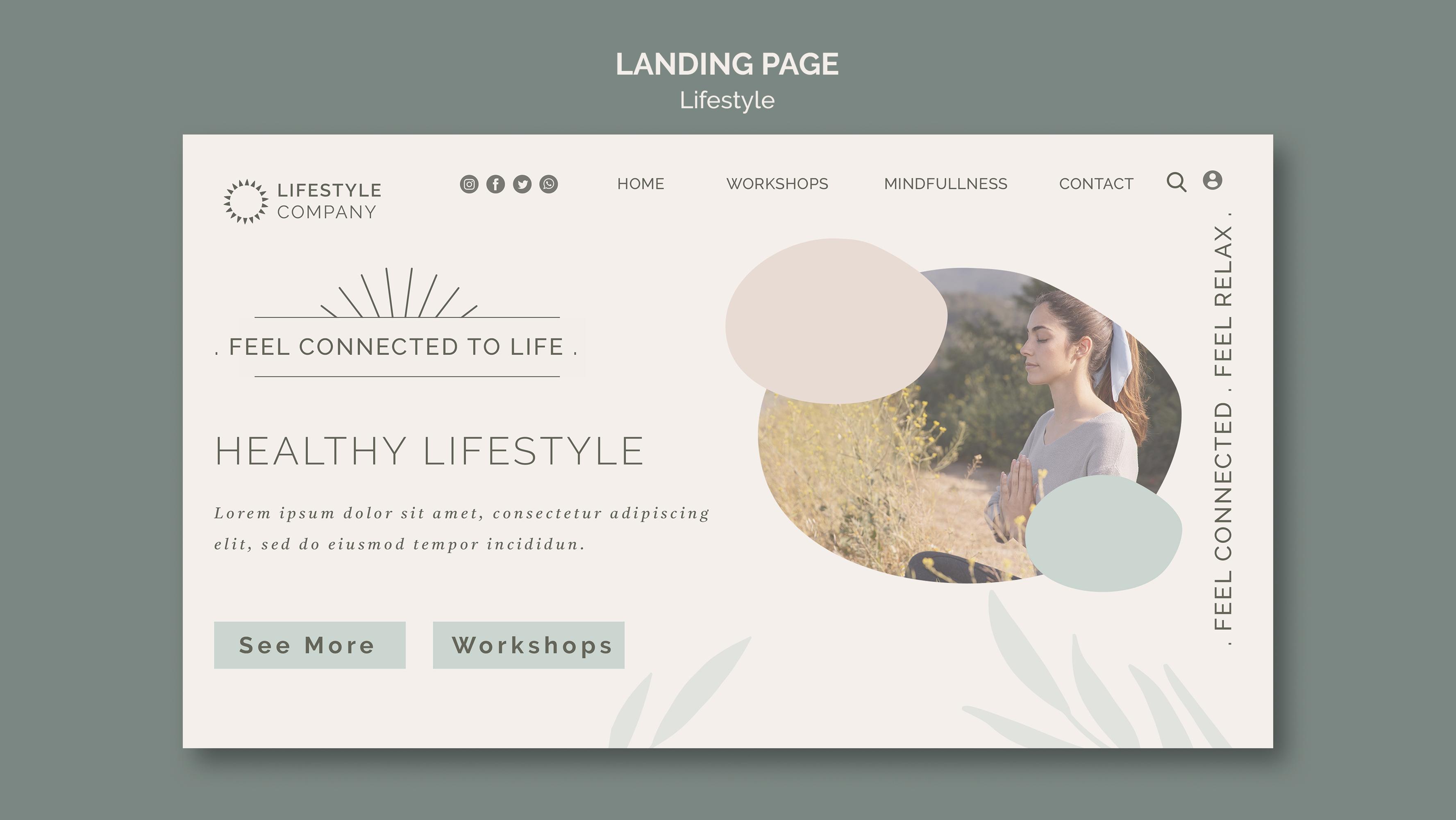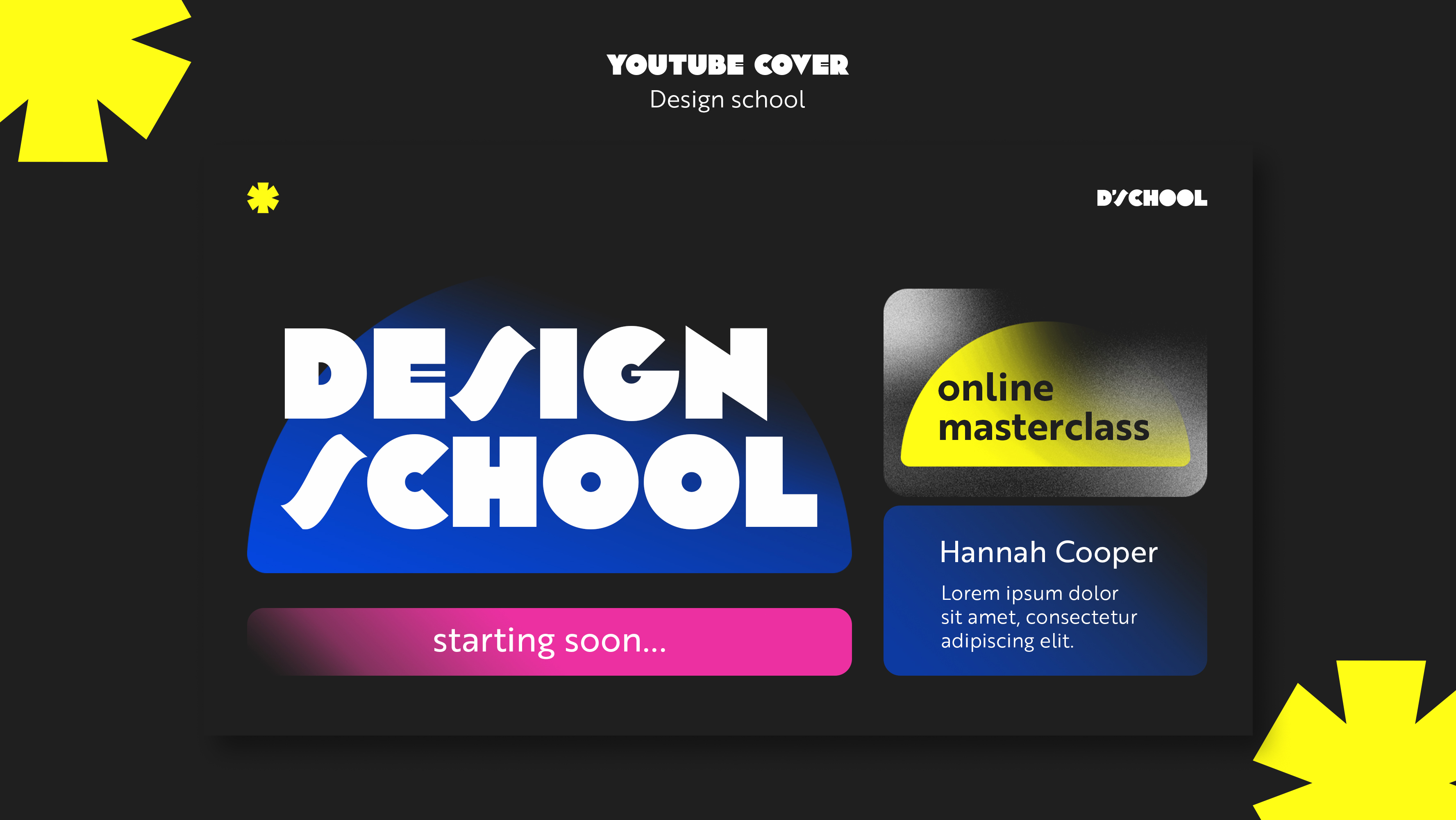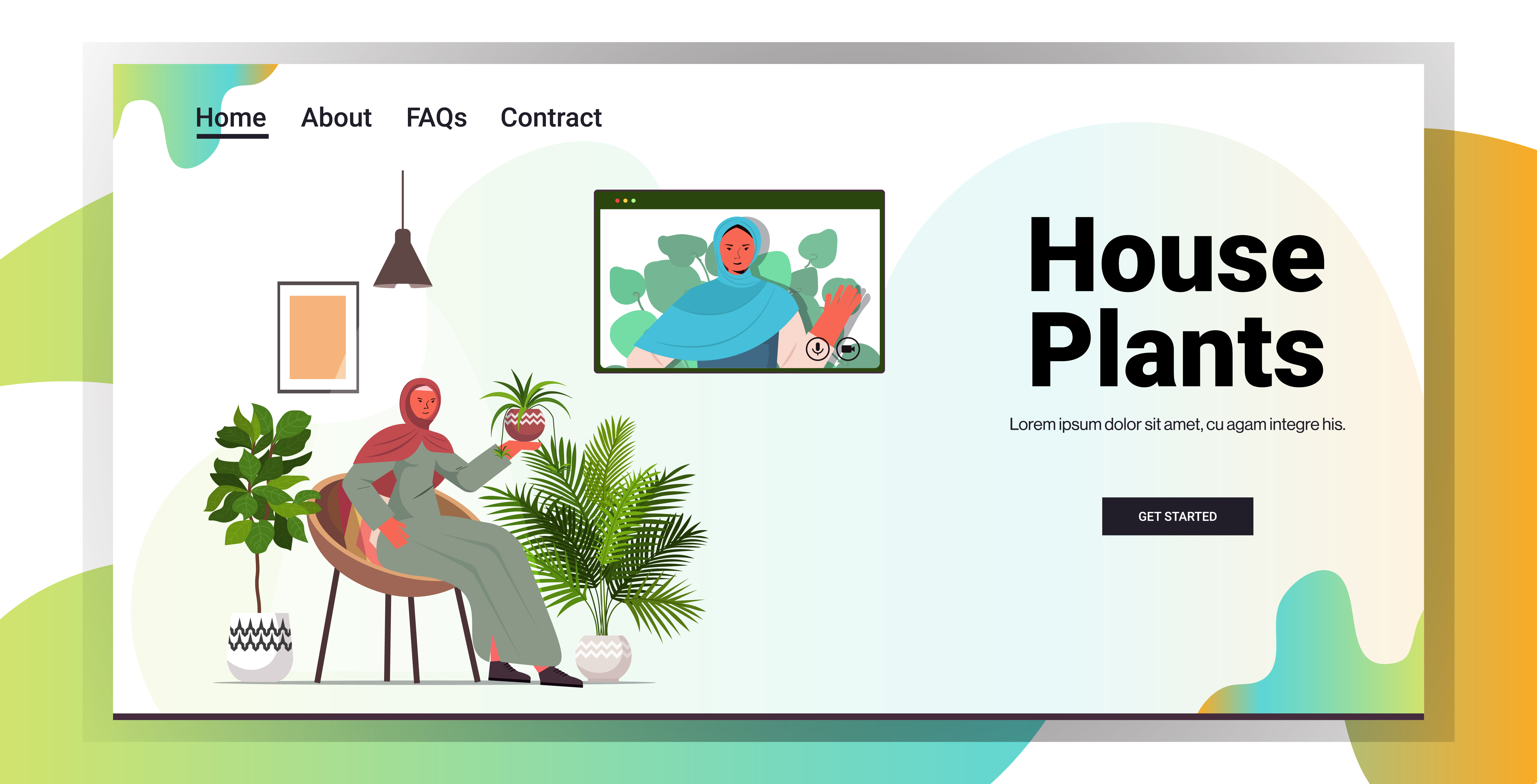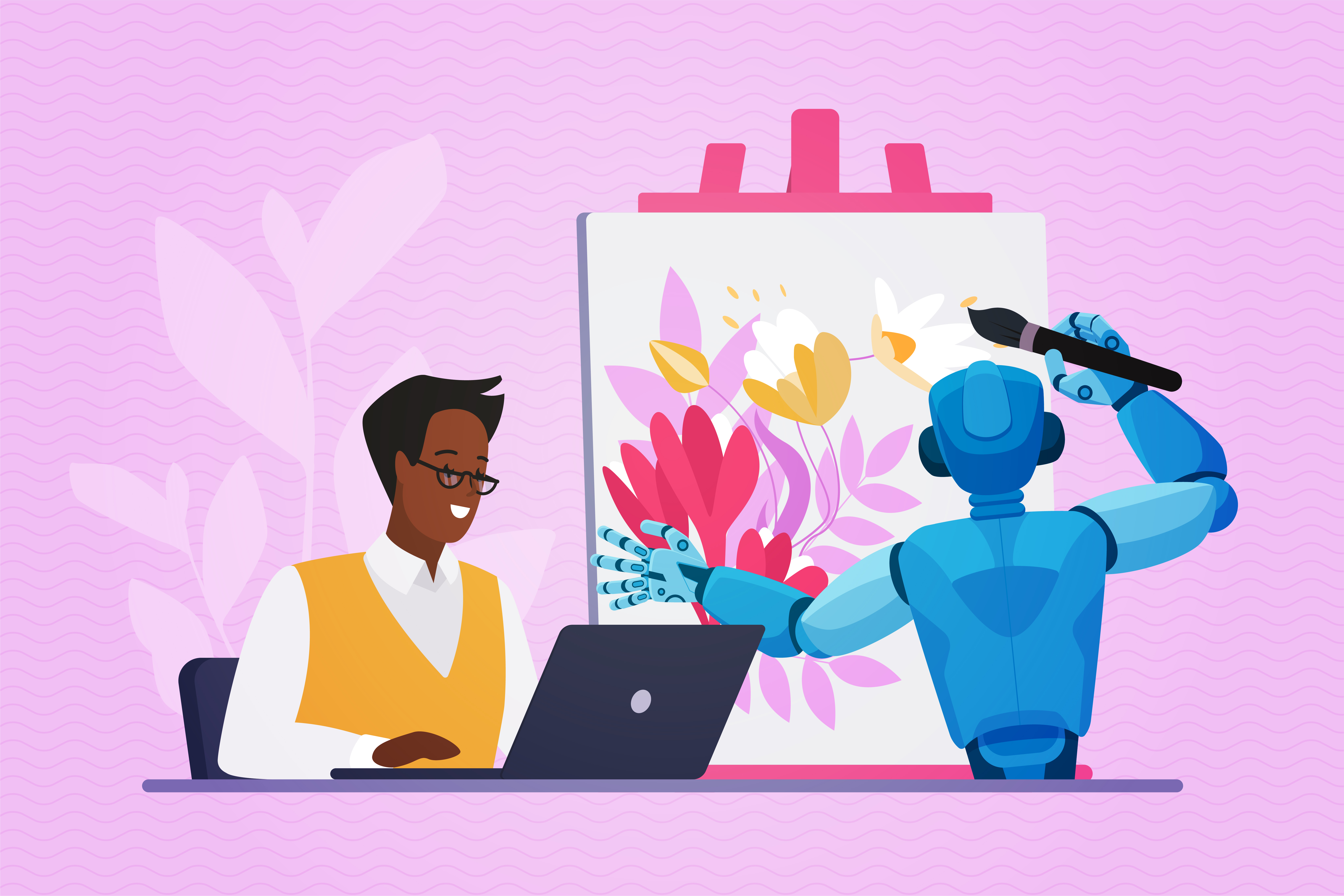Minimalism has become one of the most influential design trends in recent years, reshaping everything from homes to websites. As one of the most prominent modern design trends, its philosophy centers on simplicity, functionality, and the idea that less truly is more. This shift resonates with today’s fast-paced world, where people crave clarity and purpose in the things they use and interact with daily.

If you want to learn more about Minimalism Design Click here!
Minimalism in design is about stripping away unnecessary elements and focusing on essentials. Imagine a website with clean layouts, ample white space, and carefully chosen typography—a hallmark of modern design trends. The goal isn’t to make the design feel empty but to create a sense of calm and focus.
For example, a minimalist interior might feature neutral tones, sleek furniture, and a single piece of artwork that speaks volumes. These choices emphasize function while maintaining an elegant aesthetic, proving that simplicity can be both beautiful and practical in the world of emerging design trends.
One reason minimalism has become a dominant design trend is its ability to adapt across industries. Whether it’s architecture, graphic design, or fashion, minimalism allows creators to highlight the most important aspects of their work. Additionally, minimalism aligns perfectly with sustainability goals, as it often encourages using fewer resources. Designers and consumers alike are embracing this trend because it feels refreshing in a world overwhelmed by noise and clutter.
Did you know that companies using minimalist branding see a 30% increase in customer trust? This surprising statistic underscores the appeal of simplicity in design, reinforcing its role in shaping modern aesthetics.
Technology has also played a big role in the rise of minimalism. Devices and interfaces designed with simplicity in mind are easier to use, creating seamless experiences. Think of apps or gadgets with intuitive designs that let users focus on functionality rather than navigating overly complex systems. This user-centric approach has made minimalism a cornerstone of modern design trends, blending efficiency with aesthetic appeal.
What makes minimalism so appealing is how it evolves with modern design trends. Today, minimalism is not about sticking to rigid rules but embracing creativity within boundaries.
For instance, bold monochrome palettes or accent colors are being used to add personality to minimalist designs. In web design, oversized fonts paired with sleek layouts give a bold yet uncluttered look.
Another fascinating aspect is how minimalism incorporates natural elements. Designers are adding organic textures, like wood or stone, to balance simplicity with warmth. This approach keeps minimalist spaces from feeling too sterile, making them inviting and livable. By blending modern aesthetics with timeless principles, minimalism continues to captivate designers and users alike, solidifying its place among current design trends.
If you’re inspired by this design trend, start small. Declutter your workspace or try redesigning a single room with minimalist principles. Focus on choosing quality over quantity, whether it’s furniture, colors, or even digital elements. In graphic design, aim for clean layouts with a clear hierarchy, ensuring every element serves a purpose.
Remember, minimalism is not about being bare or boring. It’s about intentionality and showcasing what truly matters. For example, brands like Apple have embraced minimalism, proving that simplicity can drive both functionality and aesthetic appeal. Why not declutter your desk today or experiment with a monochrome palette? Small steps like these can help you embrace the timeless appeal of minimalism and transform your space or project into something truly meaningful.
Minimalism’s popularity shows no signs of slowing down. As modern design trends come and go, its core principles remain relevant and adaptable. People are drawn to its simplicity and elegance and focus on what’s truly important. In a world of distractions, minimalism offers a much-needed breath of fresh air. Whether designing a living room, a website, or a brand identity, minimalism can help you create something meaningful and impactful. Take your first step toward simplicity today and experience how this transformative design trend can elevate your work and life.
When it comes to making a statement in design, bold typography is one of the most powerful tools at your disposal. Design trends constantly evolve, but bold typography remains a staple because it grabs attention, emphasizes messages, and conveys personality. Whether you’re working on a website, social media post, or print advertisement, making bold typographic choices can truly elevate your designs.

If you want to learn more about Bold Typography Click here!
In a world where visual noise is everywhere, it’s easy for messages to get lost. People scroll quickly through content, and you have only a few seconds to capture their attention. This is where bold typography comes in. It’s like a spotlight for your message. Bold fonts stand out and ensure that your audience notices your content, whether they’re casually browsing or actively engaging. It’s about clarity and creating a focal point that draws people in. Think of it as the loudspeaker for your message—it demands attention without shouting.
Consider the success of brands like Netflix or Coca-Cola. Both rely heavily on bold typography to capture attention and stay memorable.
Netflix, for example, uses bold sans-serif fonts in its logo and promotional materials. It’s clean, modern, and instantly recognizable. This simple typographic choice tells you everything you need to know about their style—uncomplicated and direct, yet impactful. This kind of design helps reinforce the brand’s message and strengthens the connection with its audience.
If you're wondering how to use bold typography effectively, the key lies in balance. It’s tempting to throw in bold fonts everywhere, but too much of anything can make your design feel cluttered. Instead, use bold typography strategically.
For instance, pair a bold header with a lighter body font to create contrast. This will help your audience know exactly where to focus first. A bold headline can guide the eye toward the most important information, while a more neutral font allows the rest of the text to play a supporting role.
Look at some contemporary design trends, and you’ll notice how often bold typography leads the charge. On websites, bold fonts are often used in hero sections, where brands want to make an instant impression. This is where your message lives at the forefront of the design, whether it’s a product announcement, a call to action, or a powerful statement. By using a large, bold font, you not only give your message prominence but also create an engaging experience for your users right from the start.
You don’t need to stick to the most common bold fonts. Experiment with different styles—serif fonts, sans-serif fonts, and custom-designed lettering. Each type has its flair and can communicate a unique vibe.
For example, a strong, modern sans-serif font could work well for tech companies, while an elegant serif might be better suited for a luxury brand. Finding the right match for your project is part of the fun of designing with bold typography.
Bold typography is a fantastic way to make a statement, but it’s important not to lose sight of readability. The most striking font in the world won’t help if no one can read it! That’s why designers need to think carefully about how bold fonts interact with their surroundings. If your background is too busy, a bold font might get lost. Or, if the contrast is too low, your bold text might not stand out enough. The trick is to find the right balance of contrast, size, and spacing. This is where design trends meet practical execution.
Another thing to keep in mind is the size of your typography. It’s tempting to make everything big when using bold fonts, but the size should vary depending on the importance of the message. Headlines should be large enough to grab attention but not so overpowering that they dominate the page. Play with line height, letter spacing, and font-weight to ensure your bold typography remains legible and looks polished.
Bold typography also works well when you need to express emotion or energy. The choice of font can be a silent storyteller.
For example, a bold script font can convey elegance or playfulness, while a bold block font might evoke strength or stability. By tailoring your typography to reflect the tone of your message, you can give your design that extra spark.
Web design trends often revolve around functionality and aesthetics, and bold typography fits perfectly into this equation. It’s a trend that allows for simplicity and impact, which is why many designers are gravitating toward it. Bold typography can help create a sense of hierarchy in your content, ensuring your users know exactly what to focus on.
It’s not just about bold headlines; it’s about creating an experience for the user. When combined with dynamic layouts, animations, or strategic color choices, bold typography can become the star of the show. Designers can even play with different font weights and styles to add variety and texture to their content. The beauty of this design trend is how adaptable it is—it works across various industries, from fashion to tech to education.
Many websites today are embracing large, full-screen typographic elements as part of their homepage. The typography may appear briefly but with a strong message, encouraging visitors to read more or take action. This trend also incorporates responsive typography, where the font size adjusts based on the screen size, ensuring the text remains bold and readable, no matter the device.
In the end, bold typography is about making a statement. It’s about choosing fonts that reflect your message, grab attention, and guide your audience through the content. It’s one of the easiest and most effective ways to stay relevant in the ever-evolving world of design trends. Whether you use it to highlight key information, evoke emotion, or just look modern, bold typography is sure to elevate your designs and make them stand out in a crowd.
Sustainability has been gaining momentum across various industries, and it’s no different when it comes to design. Whether you're an interior designer, fashion enthusiast, or digital creator, sustainable materials are making their way into everyday design in exciting ways. These materials not only contribute to a greener planet but also enhance the aesthetic appeal and functionality of products. As design trends continue to evolve, sustainability is taking center stage, and it's time we embrace it in our everyday designs.

In recent years, more and more designers are looking for ways to incorporate sustainable materials into their work. With climate change and environmental concerns at the forefront, sustainable design practices help reduce waste, lower carbon footprints, and conserve resources. These materials are often biodegradable, recyclable, or made from renewable resources, making them a more eco-friendly choice.
Think about how many single-use plastics you encounter daily, or how many items are made from materials that don’t break down easily. It’s clear that our current practices need to change, and sustainable materials offer an effective solution. By using them, designers can create products that look great and help reduce the environmental impact of their work. Whether it’s the furniture you sit on, the clothes you wear, or the packaging of your favorite products, sustainable materials are making a difference.
An excellent example of this in design trends is the rise of bamboo. Bamboo is not only a renewable resource but also incredibly versatile. You can find bamboo used in furniture, flooring, accessories, and even clothing. Its rapid growth cycle and minimal environmental impact make it a popular choice for designers who want to stay in line with sustainability goals. The unique texture and modern aesthetic of bamboo products also add charm to any space or product, showing that eco-friendly choices can still look stylish and sleek.
There’s a growing variety of sustainable materials being integrated into design today. Let’s take a look at a few of them to get a better sense of how they can be used in everyday design projects.
1. Recycled Materials
Recycled materials are one of the most common and accessible sustainable options. Designers can use recycled plastics, metals, and glass to create new products, giving waste a second life. Many furniture designers now use reclaimed wood from old barns or buildings to craft new, custom pieces. This type of material not only reduces waste but also adds character and history to the design.
2. Organic Fabrics
In the world of fashion and interior design, organic fabrics are quickly becoming a preferred choice. Materials like organic cotton, hemp, and linen are grown without the use of harmful pesticides, making them both sustainable and safe. They’re also biodegradable, which means they won’t sit in landfills for centuries. Plus, these fabrics are breathable and durable, and offer a natural look and feel that fits perfectly with the growing trend for eco-conscious designs.
3. Cork
Cork is another fantastic sustainable material used in a variety of design applications. Cork is harvested from the bark of cork oak trees without cutting them down, making it a renewable resource. It's lightweight, durable, and has unique texture qualities that make it an attractive material for everything from flooring to furniture. Designers are also experimenting with cork in fashion accessories like bags and shoes. Cork’s versatility and low environmental impact make it a favorite in the design world.
4. Biodegradable Plastics
Traditional plastics are notorious for their long-lasting environmental effects, but biodegradable plastics are changing the game. These materials break down naturally over time, reducing waste and pollution. Bioplastics made from plant-based materials like cornstarch or sugarcane are gaining popularity in product packaging, reducing the environmental burden of single-use plastic products.
5. Reclaimed Leather
Reclaimed leather is a sustainable alternative to using new leather for upholstery and accessories. This leather is repurposed from old furniture, garments, or scraps left over from the production process. Reclaimed leather not only reduces waste but also has a unique, vintage feel that gives new pieces character. Designers are using reclaimed leather in everything from handbags to sofas, proving that being eco-friendly doesn’t mean compromising on style.
The demand for sustainable materials has caused a shift in modern design trends, and it’s an exciting time for the industry. Designers today are increasingly focused on creating functional and beautiful items without sacrificing environmental integrity. Sustainable materials are helping to shape a new wave of design, one that combines creativity, innovation, and responsibility.
In the fashion industry, for example, designers are turning to plant-based and recycled fabrics to create eco-conscious collections. The trend of upcycling, where old garments are repurposed into new designs, is also gaining traction, helping to reduce textile waste. As more brands embrace sustainability, consumers are becoming more mindful of their purchasing decisions, making sustainability a key factor in the design process.
In the realm of home decor, sustainable materials like bamboo, reclaimed wood, and cork are being used to create stylish, functional furniture and accessories. Whether it’s a bamboo coffee table or a cork-backed chair, these materials bring a unique texture and warmth to home interiors while helping to reduce deforestation and promote responsible sourcing.
Even in the world of technology, sustainable materials are playing a role. Many companies are now using recycled plastics and biodegradable materials to manufacture phones, laptops, and other electronic devices. This shift toward sustainability is not just about creating environmentally friendly products; it’s also about setting a precedent for the future of tech design, showing that eco-friendly materials can be integrated into even the most cutting-edge products.
Sustainable materials are more than just a passing trend—they are reshaping the design landscape and encouraging responsible choices that benefit the planet. From recycled plastics to organic fabrics, designers are finding innovative ways to incorporate eco-friendly materials into their work. As consumers continue to demand more sustainable options, design trends will evolve to meet these expectations. The best part? Sustainable materials aren’t just good for the environment—they also make for beautiful, unique designs that add character to everyday life. Whether you're designing your next project or rethinking your home decor, sustainability is a trend worth embracing.
As technology continues to advance, the creative world is experiencing a seismic shift. Design trends are now increasingly shaped by tech-driven innovations, and creative spaces are no exception. From digital art tools to AI-powered design platforms, technology is transforming the way artists, designers, and creatives work, collaborate, and bring their ideas to life. Let’s explore how tech is enhancing creativity and driving change in creative spaces today.

Artificial intelligence (AI) has revolutionized design in ways we couldn’t have imagined just a few years ago. Creative professionals are using AI-powered tools to streamline their workflow and boost creativity. For example, platforms like Adobe Sensei harness AI to automate repetitive tasks, allowing designers to focus on the more creative aspects of their work. From auto-generating design elements to suggesting color palettes, AI tools help to enhance the efficiency of the design process.
AI isn’t just about making tasks easier, though. It’s also about expanding the possibilities of what designers can create. Tools like DALL·E, powered by advanced machine learning algorithms, allow artists to generate complex, highly detailed images from simple text prompts. This opens up a whole new world of possibilities for creatives who want to explore new styles, and concepts, or even push the boundaries of their art. It’s a perfect example of how technology can enhance creativity and bring innovative design trends to life.
Beyond image creation, AI is also finding its way into typography and logo design. Platforms that use AI to generate fonts, logos, and branding materials are becoming increasingly popular. These tools can learn from thousands of existing designs and offer fresh, unique options in seconds. This is a game-changer for designers working on tight deadlines or needing a burst of inspiration.
When we think about creative spaces, it’s not just about the physical room where the work happens. Today, many creatives are stepping into virtual environments to expand their creative horizons. Virtual Reality (VR) and Augmented Reality (AR) have opened up a new frontier for design professionals, offering entirely new ways to conceptualize and experience their work.
VR enables designers to immerse themselves in their creations in three-dimensional space. Imagine being able to walk around a logo design or interact with a website layout in real time. VR allows designers to explore their concepts in a fully immersive environment, helping them make more informed decisions and develop deeper, more dynamic designs. From virtual fashion shows to architectural mockups, VR is pushing design trends in fresh and innovative ways.
AR, on the other hand, is transforming how we interact with designs in the real world. Through smartphones and AR glasses, designers can overlay virtual elements on top of physical objects, offering new possibilities for marketing campaigns, product design, and branding. For example, an interior designer can use AR to show a client what a piece of furniture will look like in their space before purchasing it. Similarly, marketers can create AR advertisements that allow customers to virtually try on clothing or makeup before making a purchase. VR and AR are reshaping the future of creative spaces by adding a layer of interactive, immersive technology.
In today’s fast-paced world, collaboration is key, and technology is making it easier than ever for creative professionals to work together. Cloud computing has transformed how teams across the globe collaborate on creative projects. With cloud-based design platforms like Figma, Google Drive, and Adobe Creative Cloud, designers can work in real time, sharing files, making edits, and providing feedback instantly.
Gone are the days when you had to worry about version control issues or emailing large files back and forth. The cloud has simplified workflows by centralizing everything in one place, making it easier for creatives to access their work from anywhere. This is especially important for remote teams or creatives working on global projects. A designer in New York can seamlessly collaborate with a developer in Tokyo, with both teams accessing and editing the same files in real time.
Not only does this streamline the design process, but it also encourages innovation. The ease of collaboration enables creative professionals to bounce ideas off one another and explore new approaches to design. This synergy of diverse perspectives has led to an explosion of new ideas and approaches in design, ultimately shaping the latest design trends. Whether you're working on a graphic design project, a website layout, or a brand identity, cloud computing is making creative spaces more connected and efficient.
Looking ahead, the possibilities for tech-driven innovations in creative spaces are limitless. As design trends continue to evolve, it’s exciting to think about how emerging technologies will shape the future of creativity. We’re already seeing the rise of advanced AI tools that can analyze design trends, predict what will be popular in the future, and even offer design suggestions based on user preferences. Meanwhile, VR and AR technologies will likely continue to grow, offering even more interactive and immersive experiences for designers and consumers alike.
The use of blockchain for digital art and design is also on the horizon, enabling artists to securely sell, trade, and prove ownership of their work. This could open up new markets for digital creatives and offer more control over their intellectual property. Additionally, as 3D printing technology advances, designers will have even more freedom to bring their digital creations into the physical world.
Tech-driven innovations in creative spaces are transforming the way designers and artists approach their work. From AI-powered tools to virtual and augmented reality experiences, technology is providing creatives with new ways to express themselves and collaborate. As design trends continue to evolve, embracing these innovations will be key to staying ahead of the curve and creating truly unique and impactful designs. Whether you're a designer, artist, or just someone who appreciates creativity, it’s clear that technology will continue to shape the future of creative spaces in exciting and unexpected ways.
Stay ahead of the creative curve with expert insights on design trends! Let us help you explore and implement cutting-edge ideas to bring your vision to life. Feel free to contact us.